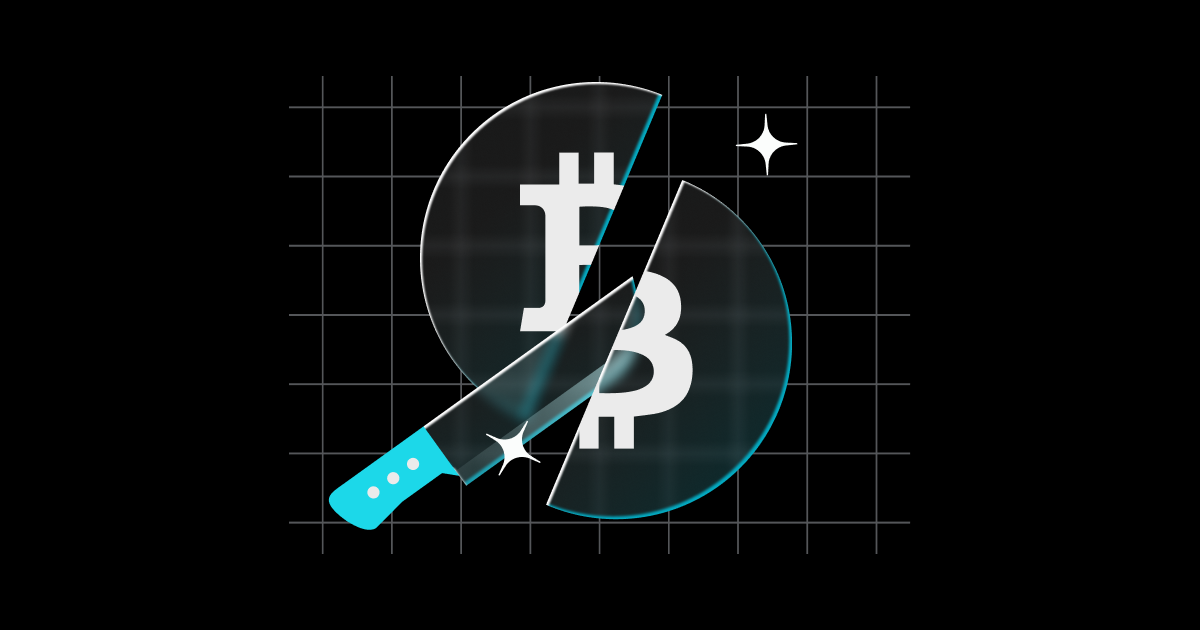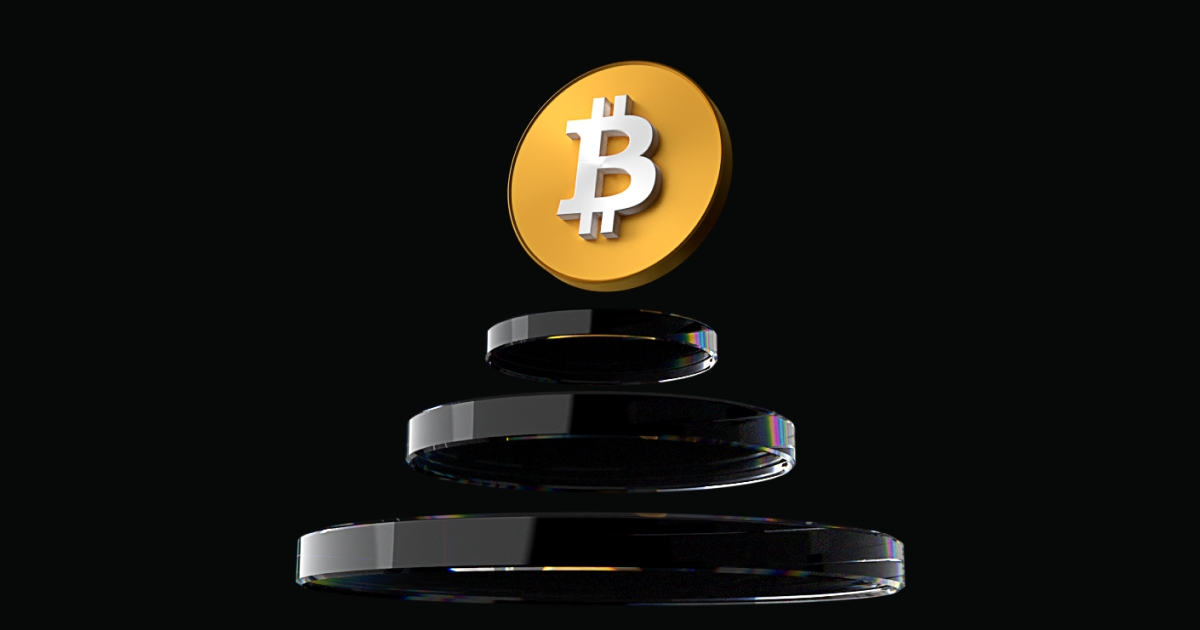
Next Bitcoin Halving 2028: Date, Countdown & Price Prediction
Introduction
Bitcoin halving events remain the cornerstone of the cryptocurrency’s deflationary model, commanding global attention from investors and analysts. Every halving slashes miners' rewards, reinforcing Bitcoin’s scarcity and often leading to increased market activity and volatility. As we approach the next Bitcoin halving in 2028, understanding its mechanics, timing, and broader market repercussions is more crucial than ever for sophisticated investors. This guide provides an in-depth analysis of the 2028 halving, anchored by expert opinions, historical data, recent market trends, and practical steps for crypto investors.
What Is Bitcoin Halving?
Bitcoin halving is an automated, protocol-driven event that reduces the reward miners receive for validating transactions and adding them to the Bitcoin blockchain by 50%. This cycle recurs roughly every four years (or every 210,000 blocks) until the maximum supply of 21 million Bitcoins is reached, which is projected around the year 2140.
Why is Bitcoin Halving important?
Halvings control the rate of Bitcoin issuance, ensuring scarcity and aligning with Bitcoin’s deflationary ethos. As fewer bitcoins enter circulation, the supply-and-demand relationship can exert upward pressure on Bitcoin’s price, provided demand remains stable or increases. For investors, halving cycles often signal pivotal shifts in market dynamics, making strategic positioning ahead of such events vital.
The Next Bitcoin Halving: March or April 2028
The forthcoming Bitcoin Halving in 2028 is the fifth such event in the asset’s history. Its anticipated impacts are already shaping trading strategies, research, and investor sentiment.
Key Details for 2028
-
Expected Date: March or April 2028 (official timing depends on mining rates and block times)
-
Target Block Number: 1,050,000
-
New Block Reward: Reduction from 3.125 BTC to 1.5625 BTC
-
Estimated Daily BTC Mined: Roughly 225 BTC
-
Expected Bitcoin in Circulation: 328,125 BTC newly issued after this halving
The reduction in newly minted Bitcoin introduces even greater scarcity. Each halving magnifies the asset’s deflationary appeal; as fewer coins are produced, the interplay of persistent or growing demand against tightening supply becomes more pronounced. This structural change historically translates into heightened anticipation and, frequently, bullish momentum in both spot and derivatives markets.
Bitcoin Halving 2028 Countdown
Monitoring the precise date of the 2028 halving is essential for both short-term traders and long-term investors. Due to the probabilistic nature of block times (averaging ~10 minutes), the exact moment will become clearer as 2028 approaches.
Current Projections:
-
Expected Halving Date: Between March and April 2028
-
Estimated to occur in 1,050 days sometime on March 31, 2028
Bitcoin Halving 2028 Price Prediction
Historic Halving Performance and Future Projections
Past halvings have delivered well-documented bull runs:
-
2012–2013: >7,000% price appreciation a year after halving
-
2016–2017: ~377% increase in the year post-halving
-
2020–2021: Over 700% surge from ~$8,500 to ~$69,000
Analyses for 2028:
-
Supply Shock: With just 1.5625 BTC per block, the new supply diminishes significantly. Should demand maintain its trajectory, a fresh wave of supply-driven appreciation could follow the event.
-
Institutional Involvement: The continued growth of spot Bitcoin ETFs, regulatory maturity, and expanding corporate adoption suggest deeper liquidity and potentially more stable capital inflows.
-
Market Sentiment: Opinion leaders like Anthony Pompliano and Willy Woo remain optimistic. Pompliano projects the 2028 halving could see BTC reach historic highs if institutional investment accelerates. Willy Woo emphasizes that each halving cycle draws new participants, amplifying accumulation pressure.
Price Predictions:
-
Conservative: $150,000–$200,000 within 12–18 months post-2028 halving
-
Aggressive: Potential range between $250,000–$350,000, contingent on global demand and macroeconomic variables
Please note: These figures are speculative and past performance does not guarantee future results. For updated pricing and projections, refer to the Bitget Bitcoin Price page.
Bitcoin Halving 2028 Market Impact
1. Impact on Supply and Demand
Every halving reduces inflation by lowering the rate at which new coins are issued. For the 2028 event, daily new issuance will drop to just 225 BTC. This tightened supply dynamic—if met with robust or rising demand—could push prices higher.
2. Miner Economics
The reward cut may challenge less efficient or higher-cost mining operations. Post-halving, only miners with access to the most affordable energy and efficient hardware will remain profitable, potentially leading to further concentration and professionalization in mining.
3. Institutional and Retail Participation
As halving events have gained wider attention, institutional activity (ETFs, large-scale funds, and publicly traded firms) has intensified. At the same time, retail investors increasingly see the halving as a buy signal, seeking to leverage anticipated price appreciation.
4. Broader Crypto Market Reaction
Bitcoin halvings often set the tone for the entire cryptocurrency sector. Past cycles have seen altcoin markets rally in the wake of Bitcoin strength, although volatility is likely to remain elevated.
Expert Commentary:
-
Willy Woo (On-chain Analyst): “Each halving cycle amplifies Bitcoin’s scarcity narrative; price action is often most dramatic in the wake of new supply reductions.”
-
Cathie Wood (ARK Invest): “Our models indicate substantial long-term upside post-halving, driven by institutional adoption and macro hedging demand.”
Historical Overview: Bitcoin Halving Events
Understanding previous Bitcoin halvings is critical for anticipating the impact and trajectory of the forthcoming event.
2012: First Bitcoin Halving
-
Date: November 28, 2012
-
Block Number: 210,000
-
Reward: Dropped from 50 BTC to 25 BTC
-
BTC Created Daily: 3,600 BTC
-
Pre-Halving Price: $12.35
-
Price After 1 Year: $964
-
Note: Slush Pool used a Radeon HD 5800 to mine the first halved block, marking a pivotal shift in network economics.
2016: Second Bitcoin Halving
-
Date: July 9, 2016
-
Block Number: 420,000
-
Reward: 25 BTC to 12.5 BTC
-
BTC Created Daily: 1,800 BTC
-
Pre-Halving Price: $663
-
Price After 1 Year: $2,500
2020: Third Bitcoin Halving
-
Date: May 11, 2020
-
Block Number: 630,000
-
Reward: 12.5 BTC to 6.25 BTC
-
BTC Created Daily: 900 BTC
-
Pre-Halving Price: $8,500
-
Price Peak After Halving: $69,000
2024: Fourth Bitcoin Halving
-
Date: April 20, 2024
-
Block Number: 840,000
-
Reward: 6.25 BTC to 3.125 BTC
-
BTC Created Daily: 450 BTC
-
Pre-Halving Price: ~$61,100
Each event’s aftermath reinforced the significance of Bitcoin halving, with notable price surges and increased media and institutional interest.
How to Buy Bitcoin Before the 2028 Halving
For both newcomers and seasoned investors, strategic Bitcoin accumulation ahead of the halving can be integral to maximizing exposure.
Buying Steps:
-
Select a Secure Platform: Choose regulated, reputable exchanges such as Bitget.
-
Complete Registration & KYC: Ensures compliance and account security.
-
Fund Your Account: Deposit fiat currency or supported cryptocurrencies.
-
Execute Buy Orders: Utilize spot, recurring purchases (DCA), or trading tools.
-
Use Secure Storage: Consider moving assets to cold wallets or multisig solutions for enhanced security.
For in-depth guidance, explore our Bitcoin Investing Guide on Bitget.
Risks and Considerations for 2028 Bitcoin Halving Investors
1. Market Volatility
Bitcoin’s price history is marked by rapid ascents and sharp corrections. Halving events are often surrounded by speculation that can heighten short-term volatility.
2. Regulatory Landscape
With governments continually evaluating cryptocurrency regulation, shifts in legal status, taxation, or reporting requirements may impact market access and asset custody in certain jurisdictions.
3. Mining Profitability
Dramatic reward cuts can pressure less efficient miners and, theoretically, impact network security, although Bitcoin’s robust global mining ecosystem has historically adapted.
4. Portfolio Strategy
Investors should weigh halving anticipation against prudent diversification, using research-driven methods and risk management tailored to their investment goals.
Conclusion
The Bitcoin halving in 2028 is more than just a technical milestone—it’s an event set to reshape the crypto market’s mechanics, supply, and narrative. Drawing lessons from past halvings, investors can expect renewed volatility, evolving miner economics, and potentially significant price action in the months before and after the event. As always, diligent preparation, access to real-time data, and a well-structured investment approach remain critical to leveraging this opportunity. Stay updated with reliable countdown trackers and institutional insights as you plot your next steps in the evolving digital asset landscape.


